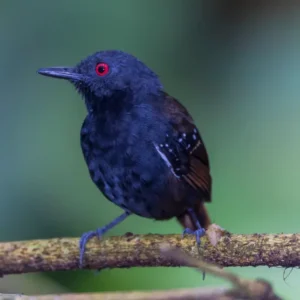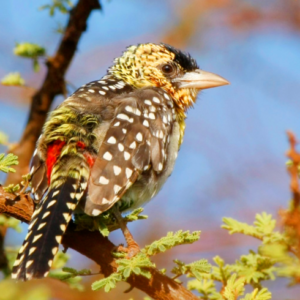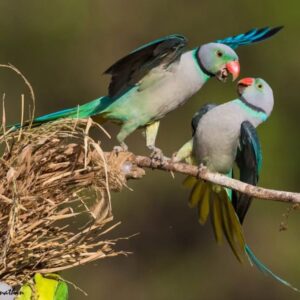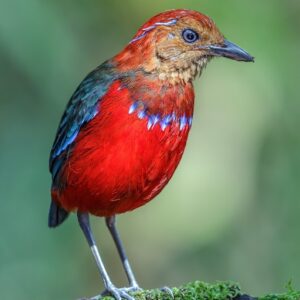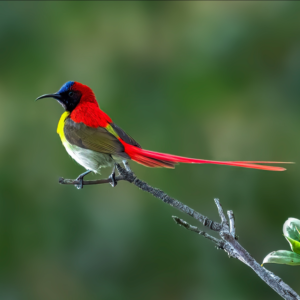Obviously, like all other pigeons, the male black-headed pigeon also coos, so we can recognize him more easily than the female by this typical behavior, made by the call he emits by puffing out his neck and directed at his partner. Fortunately, its verse is not as strong as that of the common oriental dove (Streptopelia orientalis), of which it is a close relative.

Black-headed pigeons are very popular as domestic birds. They are easy to raise, taking into account the need of this bird to have a varied diet with fruits, but without exaggerating. They are birds that need large spaces, so it is recommended to raise them in quite voluminous aviaries, but they also lend themselves to being raised in the wild, providing them with adequate shelter made with special wooden boxes from which feeders and water hang.
Docile species that coexists with all peaceful and small species. It is necessary to be careful when introducing other subjects into your breeding, ensuring that they are free of some diseases. Given the speed of contagion, brief hospitalization of new subjects is recommended.
Fast facts:
Smaller than the collared pigeon (Streptopelia decaocto), the head, chest and upper part of the belly are deep pink, a wide, reddish collar that on the upper part of the chest is dotted with black, the back is brown color and grayish blue wings. with dark flight feathers, the tail is dark with white sides. Fast but flapping flight, with the underside of the wing dark, almost black. It can sing for hours, usually from very visible and audible places.
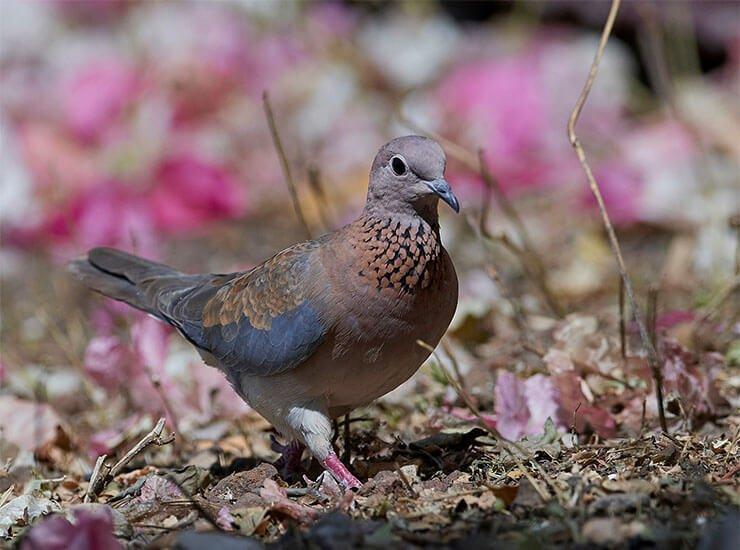
In the wild, its range expands from most of sub-Saharan Africa, to northern Africa (Morocco, Tunisia, northeastern Libya and the Nile Valley in Egypt), to the southern part of the Arabian Peninsula, to the Middle East (Iraq, Iran), to the Indian peninsula, even reaching the area of the former Soviet republics (Tajikistan, Kyrgyzstan, Uzbekistan, Kazakhstan). It has also been introduced into Palestine, Syria, Türkiye, Malta and Western Australia.
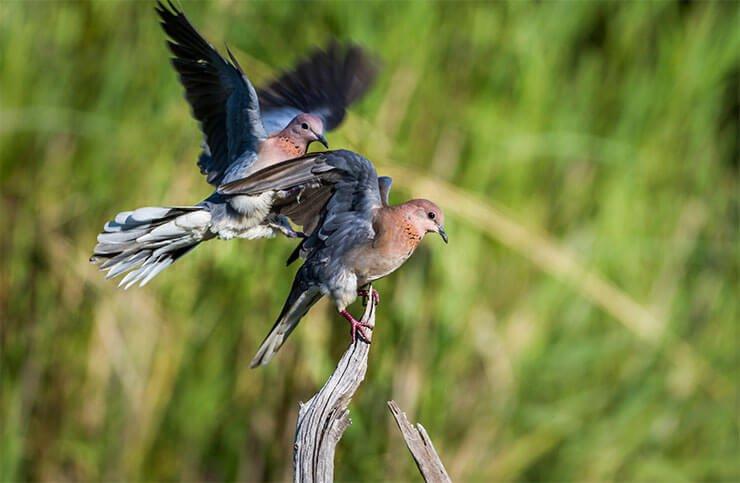
From this is derived the presence of 5 geographical subspecies (4 African and one Asian), of which the typical subspecies (Streptopelia senegalensis senegalensis) and the one present in our aviaries certainly; As we have known for some years, the only species that are easily imported are African ones. In any case, it is also undoubtedly the most noticeable chromatically, given that the colors are more vivid and contrasting, the chest, neck and head are purplish pink, the coppery red feathered neck with white and black specks…
Rare resident, for the moment, in Europe, it is present only in western Turkey. Partially migratory species; In some areas of Africa it makes seasonal movements.
It is a predominantly granivorous bird and feeds on seeds of herbaceous plants that it collects from the ground. It also frequents cultivated fields of wheat and millet. From time to time it also enjoys feeding on larvae, termites, snails and other insects.
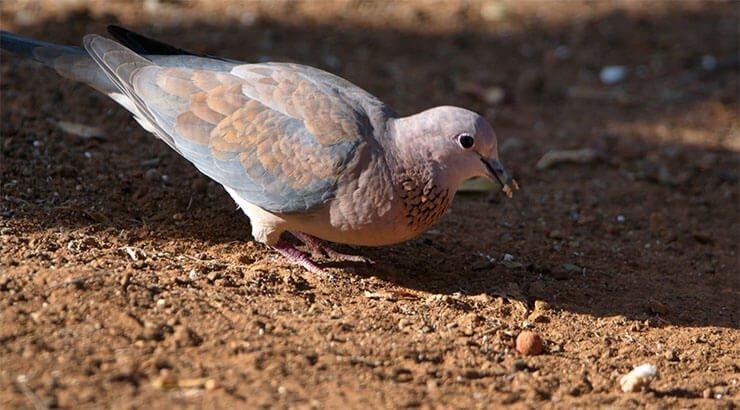
They form stable couples that last a lifetime. The male’s tilting behavior is very fast and at the height of the bow he keeps his body almost horizontal to show the characteristic design of the collar to the female. Mating is preceded by reciprocal exchanges of care with the beak. The nest is built in trees or bushes or in protected places in the corners of buildings. The female will lay two white eggs here that are incubated for 13-15 days, by the male during the day and by the female during the night.
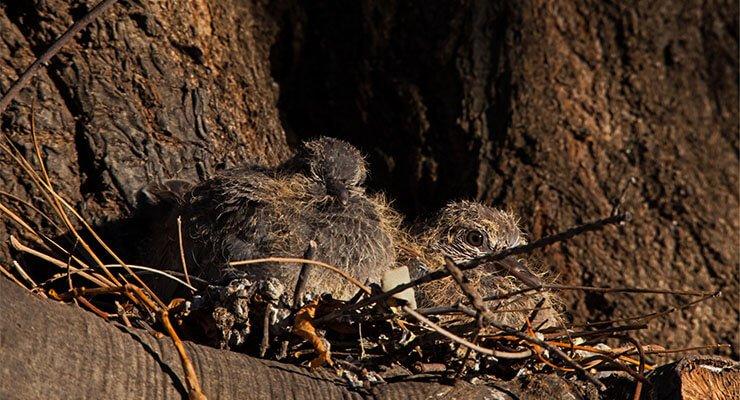
Distributed over approximately 64,000,000 square kilometers and with a global population of approximately 2,500,000 to 8,300,000 individuals and an overall population trend that is considered stable, it is not surprising that the black-headed pigeon is common in many places within its wide range.

With a very wide range expansion, this species is not even close to the limits to be considered Vulnerable, under a range size criterion. Furthermore, the population trend appears to be stable, so according to this criterion, the black-headed pigeon does not exceed the vulnerability threshold. The same goes for the population size, which is estimated to be extremely large, so there is no reason to think that the population size is anywhere near vulnerable. For all these reasons, on the IUCN Red List, the black-headed pigeon is classified as Least Concern.

